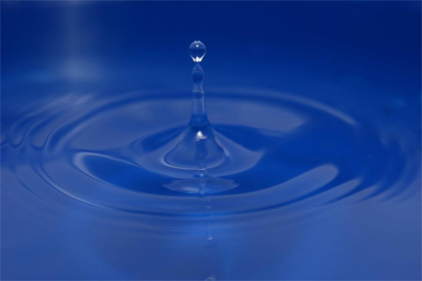TECH FLASH
Improve your operating costs and increase efficiencies with reuse clean-in-place
Smart use of wastewater leads to improved efficiency and better manufacturing.

Reuse clean-in-place systems offer manufacturers a variety of energy-efficiency and operating cost improvements, but many operations aren’t aware of their missed savings. We asked Mike Murdaugh, senior process engineer for Stellar, to tell us more about reuse CIP.
Q: What are the benefits of a reuse CIP system?
A: Over time, plants can reduce their operating costs and improve energy efficiency by implementing a reuse CIP system. Unlike the single-pass CIP design where water and cleaning solutions cycle through only once before disposal, the reuse design recycles them for pre-rinsing or cleaning out of place (COP) during future cleaning.
Q: What facilities can benefit from investing in a reuse CIP system?
A: Any food or beverage plant that uses CIP technology to clean tanks, piping or product lines without disassembly three to seven times a week should implement a reuse design, provided cross-contamination is unlikely.
Q: How does CIP reuse work?
A: Your process line will determine your setup and how much water and cleaning solution you can reuse along the way, as well as any product that may be recovered. Recovered water can be used in a variety of applications including:
● Pre-rinse cycle of the cleaning process — a thorough pre-rinse removes solids on the product and reduces the amount of energy required to maintain temperature, flow, chemicals and time in subsequent phases
● Post-rinse cycle — only if the soap from the wash cycle can be removed, and the post rinse is followed by another cleaning step, such as alkaline/post rinse/acid
● Pre-rinse cycle for another product or batch — if the water isn’t too soapy, or the soap can be partially removed
● Cleaning of non-product contact surfaces — with or without additional soap, depending on the application.
Q: How does reuse CIP impact energy efficiency?
A: Water, both clean and wastewater, can be recovered depending on the configuration of your reuse CIP system. This recovered water can then be used for a variety of applications before you have to pay to dispose of it. If hot water is reused soon after the post-rinse cycle, some of the heat is retained in the form of BTUs and can help reduce the amount of energy required to heat water for use in subsequent applications.
Q: How does a processor know its reuse CIP process is safe and meeting its sanitation standards?
A: Since food safety is always top priority, constant monitoring is critical. Testing and validation are essential to maintain proper levels of turbidity, chemical potency and water pH. It’s also important to ensure the sanitizer doesn’t leave any residue or unwanted bacteria behind. Automation can take out the guesswork by adjusting the temperature, flow, time and concentration of the CIP cycles. Processors also want to closely monitor the concentration of chemicals during the cleaning process—these must fall within a pre-set, verified range to eliminate the risk for bacteria or cross-contamination.
For reuse CIP to be safe and effective, the temperature must be just right. If it’s too hot, the solution can actually cook particles onto the pipes. If it’s too cool, it won’t properly sanitize and rinse away all of the soil. The water needs to reach a high-enough temperature to kill most microorganisms in the cleaning process. If the recovered water is recycled shortly after the first rinse, it may still be hot enough to save energy on heating as it goes through the second time. If it sits around in a tank for several hours, that warmth can become a breeding ground for unwanted microorganisms.
Q: Are there ways to reduce water usage overall as part of this process?
A: Absolutely. It’s always good practice to install low-flow faucets and flow meters. Plants should also turn off water during non-production times.
Q: What are the costs of implementing a reuse CIP system?
A: Although the reuse design has a larger footprint and higher initial costs, that shouldn’t prevent you from seeing its value. The equipment quickly pays for itself when you can save on cleaning chemicals and water consumption, plus a reduction in wastewater disposal fees.
Reuse CIP does require an upfront investment in additional storage tanks, pumps and valves, as well as additional floor space. It’s also important to ensure you have allocated floor space for the additional equipment and storage tanks. With the proper planning, the space and equipment can be added over time as part of a planned expansion or renovation.
Looking for a reprint of this article?
From high-res PDFs to custom plaques, order your copy today!





-Lifeway_Farmer_Cheese_Release.webp?height=200&t=1693915072&width=200)
